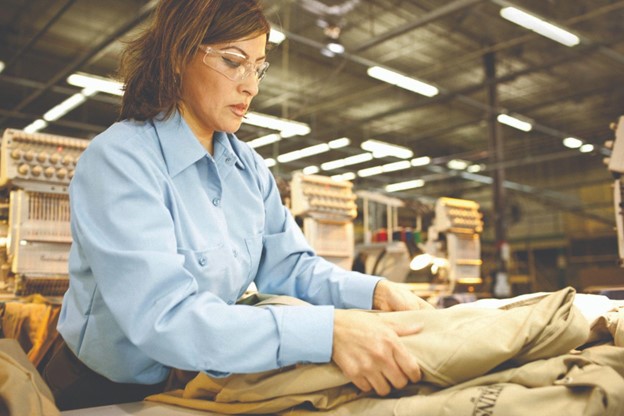At its core, the circular fashion economy is grounded in the principles of circularity, aiming to minimize waste, conserve resources, and foster resilience within the fashion industry and beyond. While traditional linear models rely on a “take-make-dispose” approach, characterized by rampant resource extraction, high energy consumption, and disposal of vast amounts of textiles into landfills, the circular fashion economy offers a paradigm shift towards a more regenerative and restorative system. It advocates for strategies such as design for durability, reuse, repair, remanufacturing, and recycling, thereby promoting the longevity and value retention of products throughout their lifecycle.
One of the pivotal aspects of the circular fashion economy lies in its emphasis on innovation and collaboration across sectors. By fostering interdisciplinary partnerships between fashion designers, manufacturers, policymakers, scientists, technologists, and consumers, it stimulates the development of disruptive technologies, materials, and business models that challenge the status quo. From bio-based and recyclable textiles to advanced digital solutions for supply chain transparency and circularity metrics, innovation serves as a catalyst for positive change, driving sustainable practices and enhancing the overall resilience of the fashion ecosystem.
Moreover, the circular fashion economy transcends the boundaries of the fashion industry, exerting ripple effects across various sectors, including agriculture, manufacturing, waste management, and urban planning. For instance, the adoption of sustainable and regenerative agricultural practices can yield fibers and materials with lower environmental footprints, thereby reducing the reliance on conventional, resource-intensive inputs like water and pesticides. Similarly, the integration of circular principles into manufacturing processes not only minimizes waste and energy consumption but also fosters the creation of closed-loop systems where products are designed for disassembly and material recovery.
Furthermore, the circular fashion economy intersects with the realm of social sustainability, emphasizing the importance of equity, diversity, and inclusion within the global supply chain. It calls for fair wages, safe working conditions, and empowerment of workers, particularly in developing countries where the majority of garment production occurs. By promoting transparency and accountability throughout the value chain, it seeks to address issues of labor exploitation, gender inequality, and social injustice, ultimately striving towards a more equitable and ethical fashion industry.
In addition to its environmental and social dimensions, the circular fashion economy offers compelling economic incentives and opportunities for businesses, governments, and consumers alike. By transitioning towards circular business models, companies can unlock new revenue streams, reduce operational costs, and mitigate risks associated with resource scarcity and regulatory pressures. Governments play a crucial role in shaping policies and frameworks that incentivize circularity, whether through taxation, subsidies, or procurement strategies that prioritize sustainable practices and products.
From a consumer perspective, embracing the circular fashion economy entails a shift in mindset and behavior towards more conscious and responsible consumption patterns. It involves reevaluating notions of value, ownership, and identity in relation to material possessions, moving away from the culture of disposability and conspicuous consumption towards one of mindful consumption and appreciation for quality, craftsmanship, and durability. Platforms promoting rental, resale, and sharing initiatives are gaining momentum, offering consumers access to a diverse range of fashion experiences while minimizing waste and maximizing resource utilization.
However, despite its immense potential, the transition towards a circular fashion economy is not without challenges and barriers. It requires concerted efforts and commitment from all stakeholders, as well as systemic changes in infrastructure, regulations, and consumer behavior. Overcoming entrenched practices and vested interests in the linear economy poses significant obstacles, necessitating bold leadership, innovation, and collaboration at local, national, and global levels.
In conclusion, the circular fashion economy represents a transformative vision for a more sustainable, resilient, and equitable future. By reimagining the way we produce, consume, and dispose of goods, it offers a pathway towards regenerating our planet’s ecosystems, empowering communities, and fostering economic prosperity. Beyond clothes, it encompasses a broad spectrum of interconnected issues and opportunities, underscoring the interconnectedness of environmental, social, and economic sustainability. Embracing the principles of circularity requires collective action and solidarity, as we strive to create a world where fashion becomes a force for good, leaving a positive legacy for future generations.



